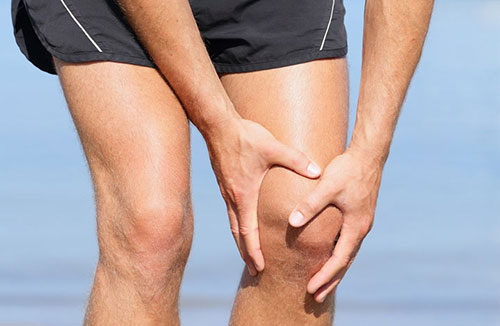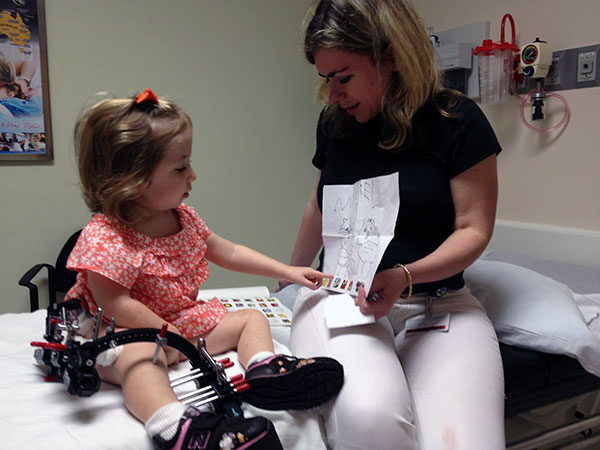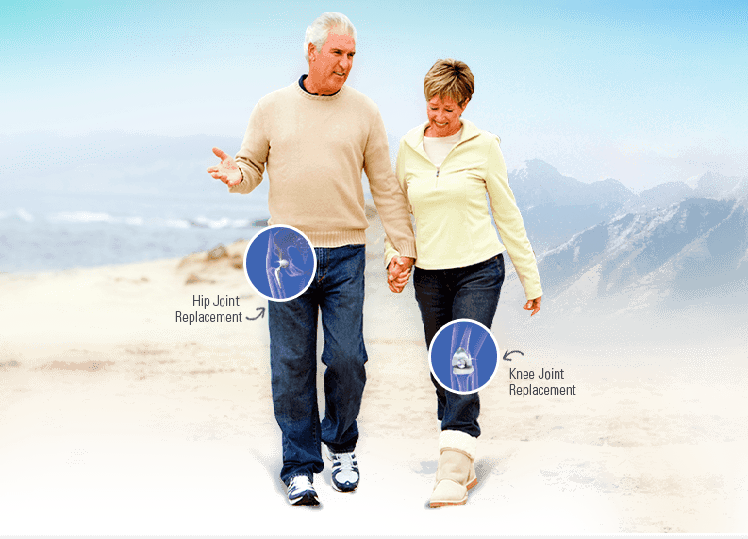Orthopedics
Orthopaedics is that branch of medicine that deals with ailments related to bone, joint and muscle. The specialty that was earlier associated with injury and fracture care has now seen significant evolution and knowledge explosion in the past two decades. The emphasis, however, continues to remain the same - mobility without pain. The department of Orthopaedics at ISIC is dedicated to provide expert management for all aspects of musculoskeletal conditions. This includes outpatient care, inpatient surgical treatment, rehabilitation and orthotics and prosthetics. Our surgeons have specific training and experience in managing broad orthopaedic specialties.
The subspecialties are
- Trauma and fracture care
- Joint replacement care
- Sports medicine - arthroscopy care
- Foot and ankle care
- Shoulder and upper limb care
- Pediatric orthopaedics care
Trauma and fracture care:
 Every minute a young citizen is lost due to an accident or the subsequent care provided. The accident victim is a special patient who requires timely and appropriate care. Recognizing the specific needs of the injured victim and tailoring the treatment to help re-integrate him/her productively back to society remains the challenge. Fixing a broken bone is easy. Understanding the implications of a broken bone on the physiology of the body functions is vital. And the face of trauma is changing. Higher powered vehicles are increasing the amount of injury that a person sustains. Polytrauma (multiple injuries) is now seen more commonly. The resuscitation and timing and type of surgery have a significant impact on the outcome. Multidisciplinary care by qualified and dedicated team of professionals is the key to success. The department combines the best in medical care and surgical management with strong diagnostic services and rehabilitation programs.
Every minute a young citizen is lost due to an accident or the subsequent care provided. The accident victim is a special patient who requires timely and appropriate care. Recognizing the specific needs of the injured victim and tailoring the treatment to help re-integrate him/her productively back to society remains the challenge. Fixing a broken bone is easy. Understanding the implications of a broken bone on the physiology of the body functions is vital. And the face of trauma is changing. Higher powered vehicles are increasing the amount of injury that a person sustains. Polytrauma (multiple injuries) is now seen more commonly. The resuscitation and timing and type of surgery have a significant impact on the outcome. Multidisciplinary care by qualified and dedicated team of professionals is the key to success. The department combines the best in medical care and surgical management with strong diagnostic services and rehabilitation programs.
Types of Orthopaedic Surgery
Fracture Fixation - Nailing
Fractures of the long bones of the lower limb (femur - thigh bone and tibia - leg bone) are serious injuries that may be a threat to life or limb. Management involves resuscitation of the deranged physiology of the body followed by surgical fixation of the broken bone. First aid involves splinting the injured limb, administration of oxygen and adequate pain relief. The purpose of surgery is realignment of the injured bone and early return to function. Union continues over time dictated by the nature of injury and patient personality and is monitored by serial radiographs. This technique cannot be applied for all fractures.
Fracture Fixation - Plating
This is a commonly performed orthopaedic surgery for broken bones. The tools and techniques to perform plating have improved significantly over the years and almost any fracture now can be successfully plated. The procedure can be done by open surgery (exposing the fracture) or minimally invasive techniques (visualizing the fracture through X-ray image). The aim is to realign the injured bone and protect it from stresses of day to day activities enabling early return to function. Implants are made of either stainless steel or titanium. The material does not matter as the implant is redundant once the bone unites and can be removed at a later elective date.
Knee Joint Replacement
Knee Replacement is a surgical procedure often performed to get relief from the pain; restricted mobility and disability arising out of degenerative arthritis. Major causes of debilitating pain include meniscus tears, osteoarthritis, rheumatoid arthritis, post-trauma, ligament tears, and cartilage defects
Knee Revision Surgery
Knee revision surgery, also known as Revision Total Knee Arthroplasty, is a procedure in which the previously implanted artificial knee joint, or prosthesis is removed. It is then replaced with a new implant or prosthesis. Knee revision surgery may also involve the use of bone grafts. The bone graft may be an auto-graft, which means that the bone is taken from another site in the patient's own body; or an allograft, which means that the bone tissue comes from another donor.
Reasons for Knee Revision Surgery
A knee joint replacement may malfunction or fail due to one or many reasons; some of them are listed here...
- Aseptic loosening
- Wear of plastic
- Mal-alignment
- Unstable joint
Other types of Knee Replacement surgeries
There are two kinds of knee replacement surgeries, TKR (Total Knee Replacement) and P KR (Unicondylar/ Partial Knee Replacement). Knee Replacement surgery can be performed as a partial or a total knee replacement. In general, the procedure consists of replacing the diseased or damaged joint surfaces of the knee with metal or plastic components termed as an Implant or Prosthesis, that are shaped to allow continued motion of the knee joint.
Partial Knee Replacement (PKR)
 Partial Knee Replacement also referred as Unicompartmental Knee Arthroplasty or Unicondylar Knee Arthroplasty, is a surgery that may be considered for treatment of osteoarthritis of the knee joint where a complete knee joint does not require replacement.
Partial Knee Replacement also referred as Unicompartmental Knee Arthroplasty or Unicondylar Knee Arthroplasty, is a surgery that may be considered for treatment of osteoarthritis of the knee joint where a complete knee joint does not require replacement.
Total Knee Replacement (TKR)
In Total Knee Replacement, whole cartilage and bone is removed from the knee joint, and a single metal and plastic implant (prosthesis) is substituted. The surgeon replaces three parts of the knee joint. The two parts of the prosthesis are placed onto the ends of the femur, tibia, and under surface of the patella using special bone cement. Usually, metal is used on the end of the femur, and plastic is used on the tibia and patella for the new knee surface. However, surgeons are now using newer surfaces, including metal on metal or ceramic on ceramic.
Lengthening
 Lengthening is the term given to the surgical elongation of the bone. The causes of a short bone are many but naming a few - anatomical deficiencies, congenital, traumatic, or as a result of disease e.g. post traumatic shortening, congenital deformities and shortening, developmental deformities, growth plate abnormalities, stature lengthening (cosmetic lengthening).
Lengthening is the term given to the surgical elongation of the bone. The causes of a short bone are many but naming a few - anatomical deficiencies, congenital, traumatic, or as a result of disease e.g. post traumatic shortening, congenital deformities and shortening, developmental deformities, growth plate abnormalities, stature lengthening (cosmetic lengthening).
Orthopedic Conditions
- Limb lengthening
- Spinal Deformity
- Pediatric Orthopedic
- Foot & Ankle Deformity
- Hip Pain
- Joint Health
- Cartilage Repair
- Physical & Occupational Therapy
- Multiple Hereditary Exostoses
- Stature Lengthening
Usefull link on Orthopedics treatments and surgery:
- Arthroscopy
- Knee
- Shoulder
- Paediatric Orthopaedics
- Spine
- Sports Rehabilitation
- Foot and Ankle
- Pain Management
- Multimedia Patient Education
- Ilizarov Technique
